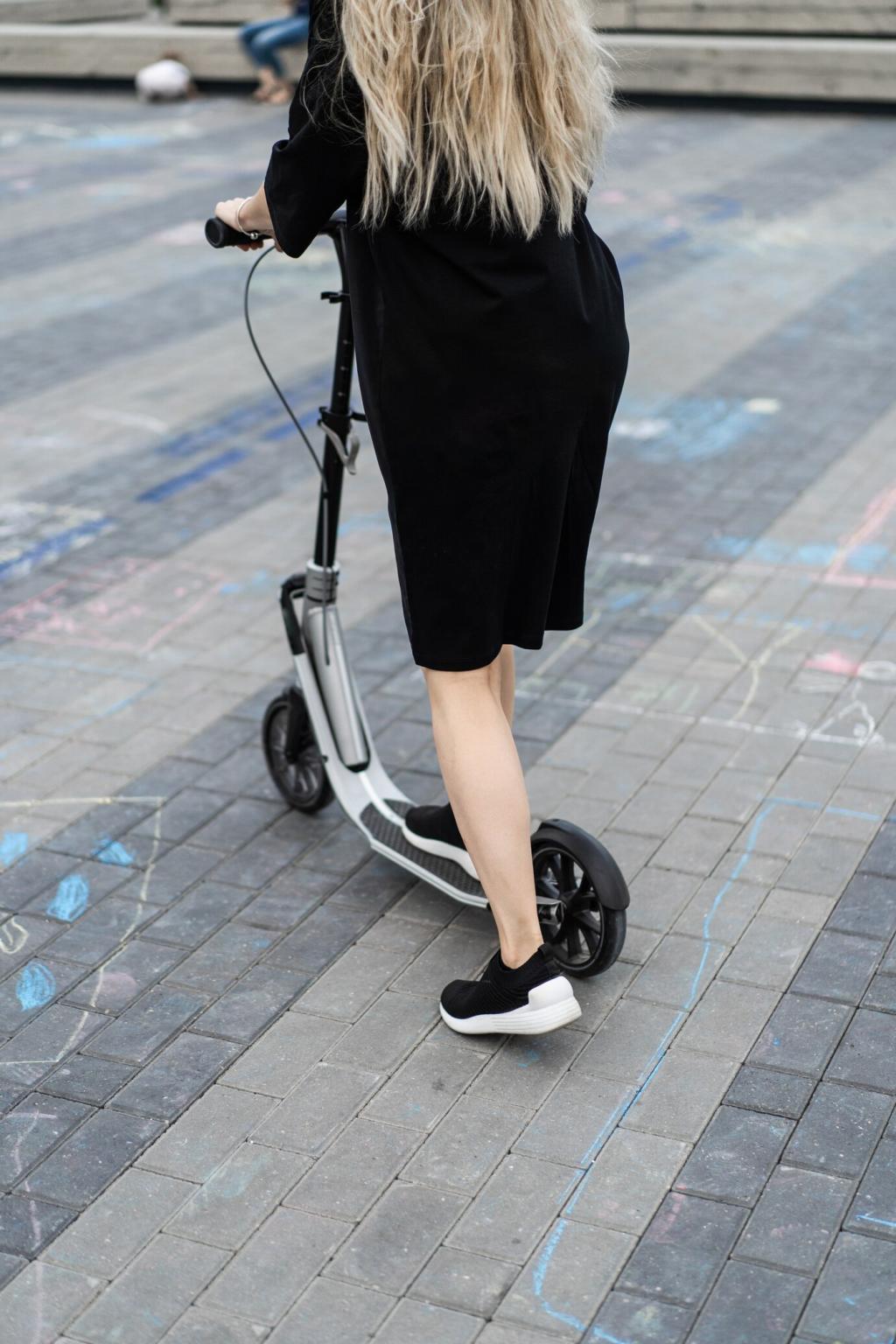Electric Scooter Maintenance for Safe Riding
Chosen theme: Electric Scooter Maintenance for Safe Riding. Ride with confidence through practical, rider-tested routines, stories, and tips that keep your scooter reliable and your journeys calm. Share your questions or maintenance wins in the comments, and subscribe for weekly checklists and reminders.

Why Maintenance Matters for Safe Riding
Small tweaks, big safety returns
A quarter turn on a loose brake lever can transform panic stops into smooth control. Proper tire pressure alone sharpens handling, reduces punctures, and trims meters off emergency braking distance.
A real-world near miss
On a rainy Tuesday, Maya checked her rear pads and found glazing. Five minutes of light sanding restored bite, and later that day a taxi cut in without warning. She stopped confidently.
Your voice improves this guide
Share your maintenance rituals in the comments, from pressure gauges you trust to cleaning products that never streak. Your experiences help other riders avoid repeat mistakes and ride safer tomorrow.
Daily Pre-Ride Checks
Brake squeeze and lever feel
Squeeze both brakes firmly and note lever travel and resistance. Spongy feel suggests air or wear. Adjust cables or inspect hydraulics before hills, traffic, or busy intersections add pressure.
Tire pressure and tread glance
Use a pocket gauge rather than guessing by thumb. Matching manufacturer PSI improves range and stability. Scan tread for embedded glass and sidewall cuts that could unzip under cornering loads.
Folding joint and latch security
Confirm the stem locks fully with no wobble or creak. Play at the hinge magnifies at speed. Tighten bolts, replace worn bushings, and never ignore hairline cracks around stress points.
Battery Health and Charging Safety
Charge on a flat, nonflammable surface with the original charger, avoiding overnight sessions. Unplug near full, and keep the pack between roughly thirty and eighty percent during everyday commuting.
Tires, Brakes, and Drivetrain Essentials
Pneumatic tires cushion and grip, while solid tires resist flats but ride harshly. Rotate front to rear when patterns allow, and replace in pairs to preserve balanced handling and consistent stopping.
Tires, Brakes, and Drivetrain Essentials
Center pads so they contact the braking surface evenly, then test for rub. Incremental barrel adjustments maintain bite. If levers bottom out, replace pads and re-tension cables carefully.


Weatherproofing and Wet-Weather Care
Manufacturers label scooters with ingress ratings that hint at water resistance, not immunity. Avoid pressure washers, shield charge ports, and ride conservatively when painted lines and leaves turn slick.
Cleaning, Lubrication, and Hardware Tightening
Use a damp microfiber cloth, mild bike shampoo, and patience. Keep water away from bearings and electronics. Finish with a dry cloth, then roll slowly listening for newly quiet or suspicious sounds.
Cleaning, Lubrication, and Hardware Tightening
Apply a tiny drop of silicone-based lubricant to folding joints and kickstand pivots, avoiding brake surfaces entirely. Wipe excess to prevent dust buildup that later becomes abrasive grinding paste.
Cleaning, Lubrication, and Hardware Tightening
Fasteners loosen with vibration. Use a small torque wrench and medium threadlocker where appropriate, following manufacturer specs. Mark bolt heads with paint so movement is visible during quick weekly inspections.
Update with intention
Read release notes, back up ride data if available, and update near a charger. After installing, test brakes and throttle in a quiet lot because parameters sometimes change subtly.
Use dashboards wisely
Monitor voltage, temperature, and current draw to spot trends before failure. A sagging pack under small loads often signals aging cells that deserve gentler settings and a conservative riding plan.
Self-diagnostics and error codes
When a fault light appears, photograph the code and conditions, then replicate safely off-road. Documenting helps communities and technicians pinpoint causes quickly, preventing repeated breakdowns on busy commutes.

Air, plugs, and patches
Carry a compact pump, CO2 cartridge, or inflator of choice, plus tubeless plugs or patches. Sealing small punctures quickly preserves control and avoids rim damage during forced rolling.

Multi-tool and spares
A folding multi-tool, spare bolts, and a few zip ties can tighten rattles or reattach fenders. Small fixes prevent parts from contacting tires, which can escalate into dangerous lockups.

Reflective tape and light backups
Stick reflective accents on fork legs and the deck sides, and pack a tiny backup light. Visibility buys precious seconds, especially when roadside repairs distract your attention from traffic.
